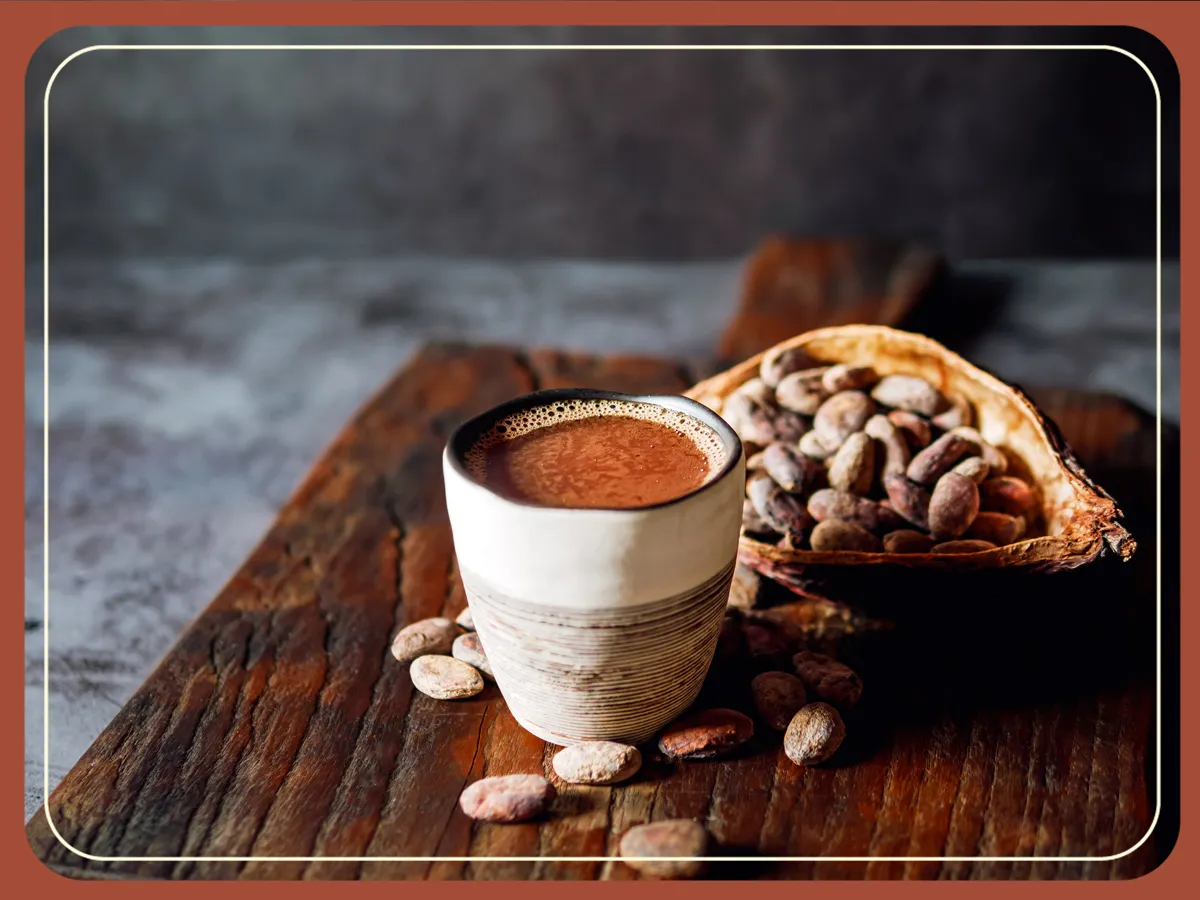The cocoa drink is believed to have been enjoyed by mankind for more than 5000 years and continues to inspire culinary fads and myths. Originating in South America, the drink once known as the food of the gods is fascinating not only for its fascinating history, but also because modern scientific research is focusing on the unique properties and health effects of this plant.
For those of us looking for tasty alternatives to coffee, cocoa came to our attention when we were researching and testing trends in chicory and cocoa factories between the wars, and were struck by the juxtaposition of the two product categories in old newspaper advertisements. While chicory was more for everyday drinking, cocoa was more for indulgence and entertaining guests. Today, our roots, acorns and beans are as good as gourmet, and we welcome cocoa into our family of products as an equal alternative, suitable for gourmet celebrations as well as everyday life.
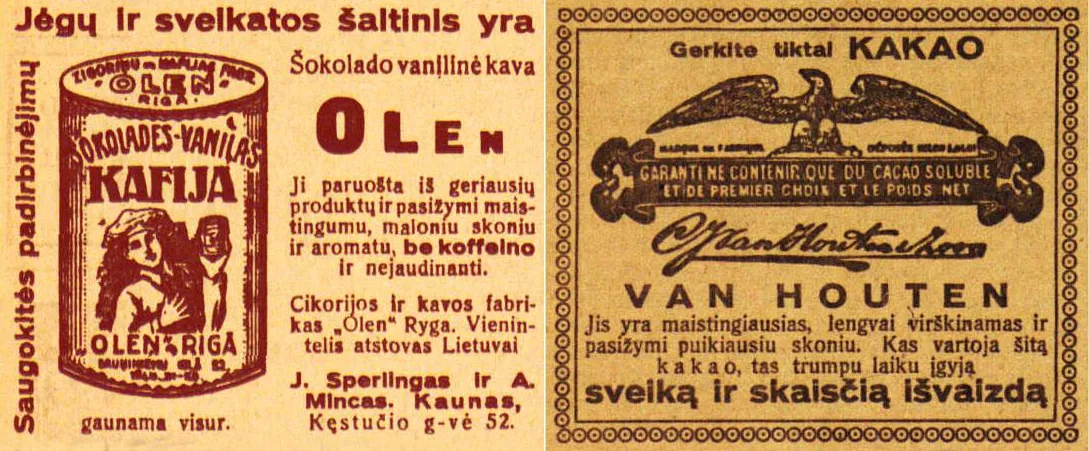
Cocoa’s journey to Europe began in the 16th century with the voyages of Christopher Columbus and the conquests of the Spanish conquistadors in South and Central America. Fascinated by the mystery of the cold, bitter and rich-tasting beverage used in Mayan and Aztec ceremonies, they brought cocoa to Europe, where, already well sweetened and brewed, it soon captivated the aristocracy.
By comparison, the Europeans’ introduction to coffee began a century earlier in the Middle East.
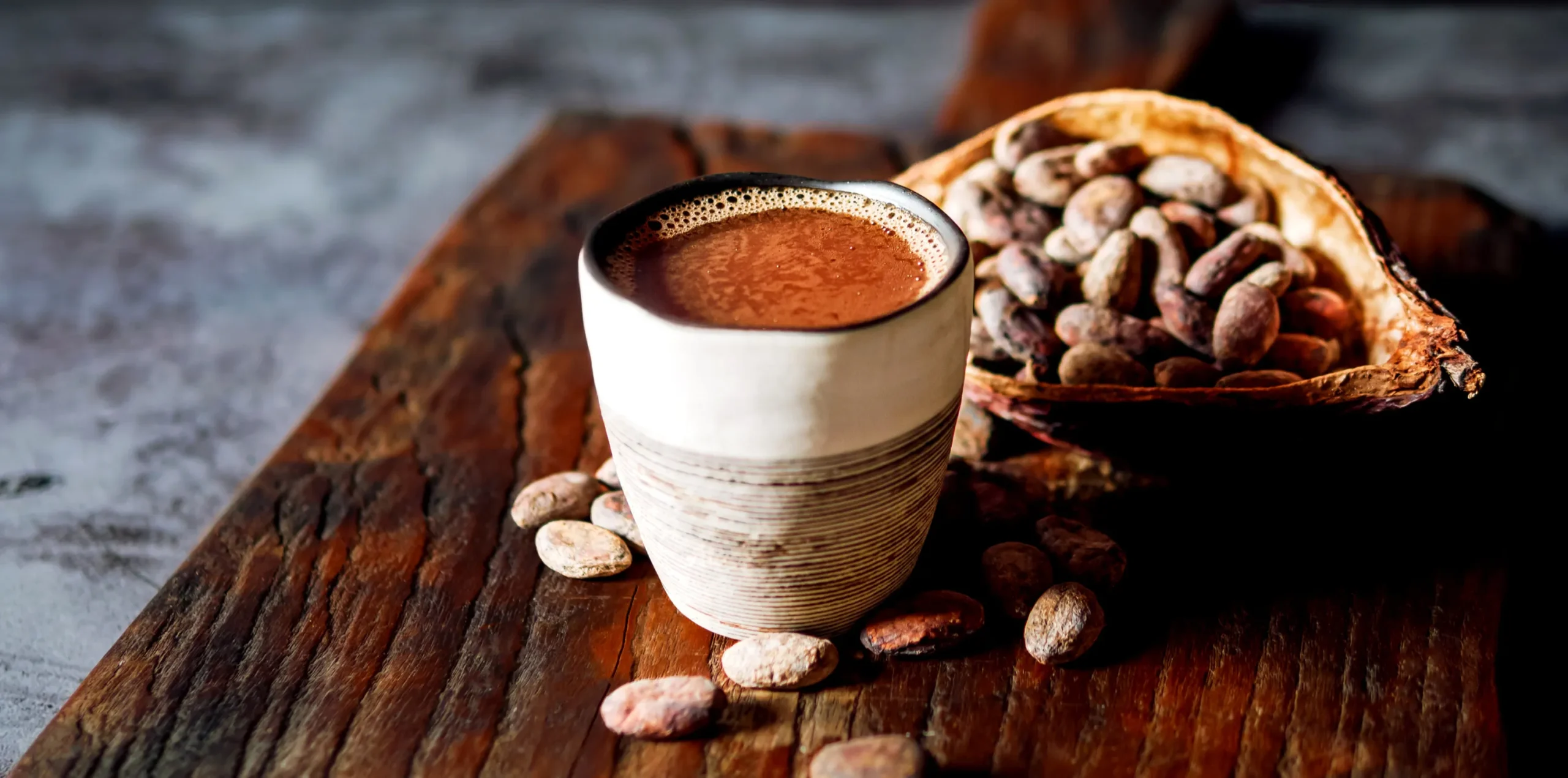
In 17th century Europe, cocoa became a symbol of luxury and elegance, a coveted commodity enjoyed only by the rich. In the 18th century, the demand for cocoa grew and special cocoa houses began to spring up across Europe. These clubs, reminiscent of modern cafés, became centres of attraction where the rich and famous gathered to indulge in the latest culinary trend: drinking chocolate. The British, French and Spanish began to patent machines to grind and process cocoa beans and set up chocolate factories.
Gradually, cocoa became part of European society, alongside coffee culture, from the luxury chocolate shops of Paris to the bustling chocolate markets of London. Chocolate and the joys of life it symbolised inspired art, literature and even fashion as a symbol of status and sophistication. Cocoa has been considered both an aphrodisiac and a life-prolonging drug.
Today, the largest cocoa exporters are Côte d’Ivoire, Ghana, Nigeria, Brazil, Ecuador and Peru. Three types of cocoa tree are grown: Criollo, Forastero and Trinitario.
Although not distinguishable in English, in the international context cocoa raw material is divided into two types: cacao and cocoa: fermented and heated at low temperature, cacao beans are processed into powder and coarser pieces (nibs). If the beans are roasted and pressed to separate the cocoa butter, they become cocoa, a raw material with less fibre and fewer active ingredients, the quality of which depends not only on the type of bean, but also on the roasting process and the concentration of the fat.
THE BIOCHEMICAL PROPERTIES OF COCOA
Once a symbol of luxury and joie de vivre, cocoa is now increasingly being studied for its unique biochemical properties.
Scientific research is increasingly pointing to the beneficial effects on the body of the bioactive compounds found in cocoa:
- A source of essential vitamins and minerals, from magnesium, zinc, iron, phosphorus and potassium to vitamins A, C and E, cocoa is rich in substances essential for general health and well-being.
- A source of antioxidants: Antioxidants are the body’s first line of defence against free radicals – unstable molecules that can damage cells and cause disease. Cocoa is an impressive source of antioxidants, including flavonoids and polyphenols, which help fight oxidative stress and inflammation. This results in anti-inflammatory and wound healing properties. Studies have shown that cocoa powder with a lower fat content has higher antioxidant activity, simply due to the higher concentration of cocoa solids, which accumulate polyphenols. Interestingly, the milk added to cocoa, or rather the amino acid cysteine, reacts with the polyphenols to enhance their anti-inflammatory and other effects. Compared to coffee, which also contains antioxidants, the antioxidants in cocoa may be more diverse and more potent.
- Heart health: Studies show that the flavonoids in cocoa can help lower blood pressure, improve blood flow to the heart and brain, and reduce the risk of cardiovascular disease. So go on, enjoy a heart-healthy cup of hot cocoa or a piece of dark chocolate every day – your heart will thank you!
- Mood and relaxation: another characteristic of cocoa that chocolate advertisers like to highlight with their promise of a good mood actually has a scientific basis. Cocoa is rich in compounds such as methylxanthines, which act on the sleep-inducing adenosine receptors in the central nervous system; the amino acids phenylethylamine and tryptophan; and anandamide (the human body’s natural cannabinoid, a stress-reducer), often referred to as ‘bliss molecules’, which can promote feelings of happiness and relaxation, and even act as a natural antidepressant. Interestingly, the methylxanthine theobromine (ancient Greek theós ‘god’ + broma ‘food’), a bitter alkaloid similar in chemical structure to caffeine and found in cocoa beans, tea leaves and acai berries, is as stimulating as caffeine, but with a much milder, gentler and longer-lasting effect on the nervous system, without causing nervousness, and with a relaxing effect on smooth muscles, dilating the arteries and stimulating the heartbeat.Theobromine also lowers arterial blood pressure, making cocoa a valuable choice for people with high blood pressure, as well as for people with chronic bronchitis or asthma, as it promotes bronchial dilation and thus improves lung function.
- The caffeine level of cocoa is about 5 times lower than that of coffee and, when combined with theobromine in moderation, is not as addictive as coffee.
- Brain fuel: Want to boost your brain power and cognitive function? Sip cocoa. Cocoa improves cognitive function, boosts memory and prevents age-related cognitive decline thanks to its high concentration of flavonoids and methylxanthines. So the next time you need a mental boost, grab a cup of hot chocolate made with our premium cocoa powder.
- Help your skin: Who remembers when, as teenagers, we used to associate a facial rash with a failed attempt to resist a chocolate bar? Now the research is clear: cocoa (and therefore dark chocolate) is rich in antioxidants that can help fight the signs of ageing, protect against sun damage and promote healthy, glowing skin. Acne flare-ups can only be triggered by added sugars and fats, which we certainly didn’t see on chocolate labels when we were teenagers. Luxurious cocoa facials or anti-cellulite wraps are well known to spa lovers. Why not make a cocoa day at home – experiment and try different treatments and masks – and your skin will thank you!
- Skin health is also influenced by our gut microbiota, and research shows that cocoa has a similar effect on gut flora as prebiotics. Compared to coffee, which can cause digestive discomfort, acidity or reflux, especially in sensitive people, cocoa is gentler on the digestive system, and the naturally soothing properties of cocoa are better tolerated by people with more sensitive stomachs.
- The anti-carcinogenic and anti-mutagenic properties of cocoa have also been extensively studied due to its significant concentration of catechins and procyanidins, bioflavonoids with antioxidant activity that modify cytokine immune and inflammatory responses, cell proliferation (division) and cell adhesion (attachment).
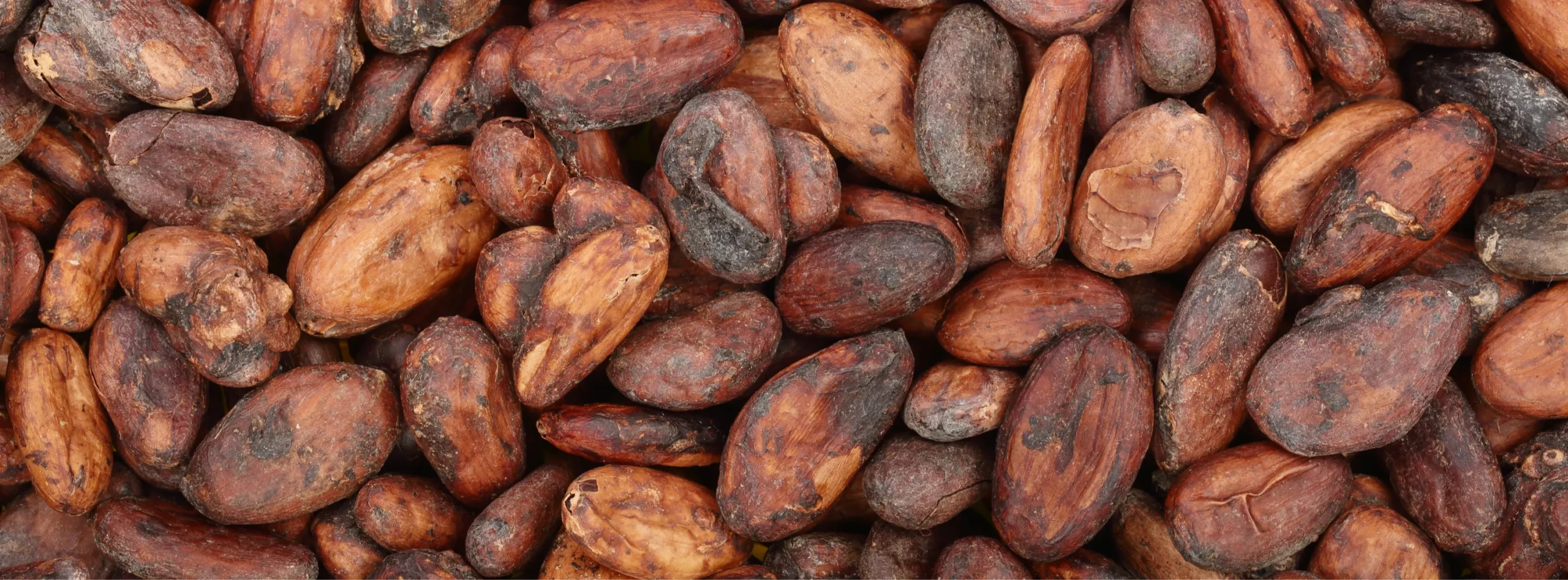
KAKAVA VS. COFFEE
A natural question to ask is why it is that coffee has become more popular than cocoa. Several factors could probably be identified, including cultural, historical and practical aspects:
- Cultural and historical significance: Cocoa has a rich history and cultural significance, but its use has historically been more limited and exclusive, belonging to the more sacred areas of life.
Caffeine content: Coffee provides a faster energy boost, which means that satisfaction is achieved and felt much more quickly. The caffeine content of cocoa is much lower than that of coffee, while theobromine has a softer effect and does not cause such a sudden stimulation. - Taste differences: Cocoa is still more visible as a product indistinguishable from sweeteners and milk, due to long-standing preparation habits.
- Availability: Coffee, as a more addictive drink, has become more widespread, making it easier and more accessible, with cafes and coffee shops in almost every corner of the world.
- Marketing and industry influence: Historically, the global coffee industry has become more established and focused on the production of the beverage, whereas the cocoa industry has focused on chocolate. This results in greater resources for marketing, consumption and loyalty. The cocoa beverage industry, while still growing, is not yet comparable in terms of market coverage or ability to reach and inform potential consumers.
Despite these factors, cocoa is increasingly appreciated for its health benefits and interest is naturally growing. It is hoped that through research-based consumer education, innovation and accessibility, cocoa will find its place in the global beverage market as a functional and tasty alternative.
Marketing and industry influence: Historically, the global coffee industry has become more established and focused on the production of the beverage, whereas the cocoa industry has focused on chocolate. This results in greater resources for marketing, consumption and loyalty. The cocoa beverage industry, while still growing, is not yet comparable in terms of market coverage or ability to reach and inform potential consumers.
Despite these factors, cocoa is increasingly appreciated for its health benefits and interest is naturally growing. It is hoped that through research-based consumer education, innovation and accessibility, cocoa will find its place in the global beverage market as a functional and tasty alternative.
The low caffeine content mentioned above means that cocoa can be enjoyed both in the morning and in the evening. Our high quality organic, medium fat (10-12%) pure cocoa from the Dominican Republic will not only delight children. And where there’s a better mood, there’s better health.
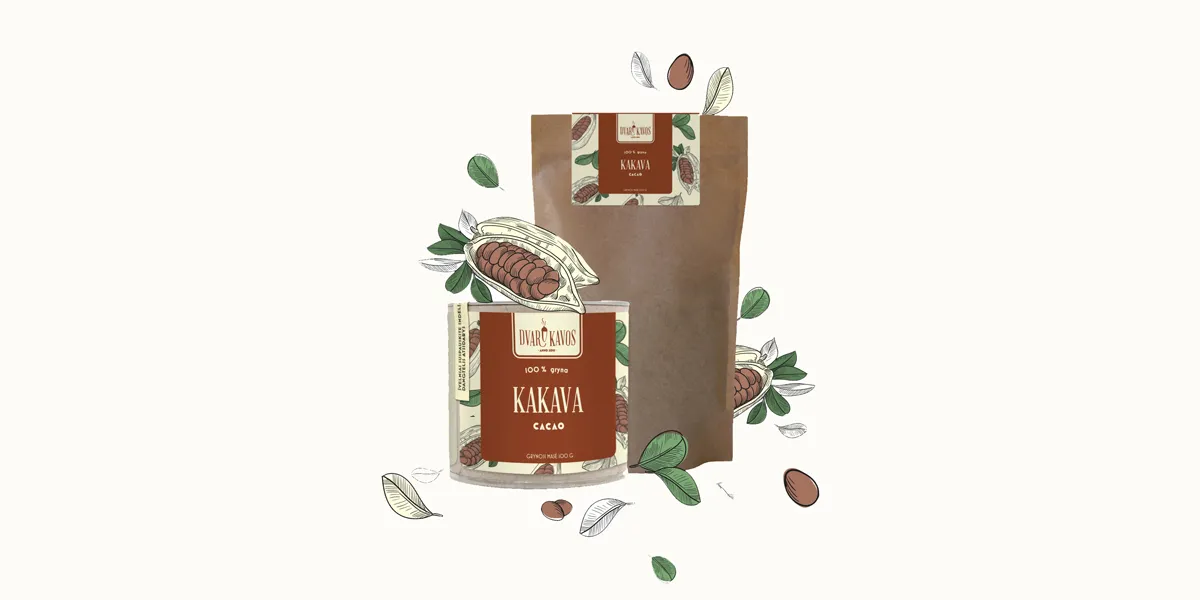
How to make the perfect cocoa: tips and tricks
Quality. Quality is the key to a truly delicious cocoa drink. With so much to choose from, it’s a good idea to choose the best quality cocoa powder, with a minimum of 10-12% fat, no additives, sweeteners or preservatives, and the most natural milk possible, so you can enjoy a rich and deep flavour that will surprise you with every sip.
Flavour. For a cup of cocoa, the usual starting point is 1 teaspoon (5g) of pure cocoa powder, up to 5 or even 7 for a stronger effect.
Temperature control. When preparing a cocoa drink, pay attention to the temperature of the milk. Use water that has been cooled for at least a minute, not boiled. Warm the milk gently over a low to medium heat, taking care not to overheat. This preserves the delicate flavour and nutrients of the cocoa and gives the drink a smooth and velvety texture.
Sweeten. Although cocoa has a naturally rich flavour, it is not uncommon to want to sweeten it a little to counteract the natural bitterness of cocoa. Especially as we have been used to drinking sweet and bleached cocoa since childhood. Experiment with natural sweeteners such as honey, maple syrup or agave nectar until you find the right balance between sweetness and all the other flavours in the drink.
Spices. Add spices and flavours to your cocoa drink. A little cinnamon adds warmth and depth, a drop of vanilla adds comfort, and a pinch of nutmeg or cloves adds festivity. For those who like it spicy, try a pinch of cayenne pepper for a spicier and… more authentic touch! By the way, a pinch of salt in a cup of cocoa sometimes works wonders!
Whisk with love. The most delicious cocoa drink – with a fluffy, luxurious texture. After all the ingredients have been poured in and added, whip vigorously with a whisk or use a milk foamer to create the stiffest possible foam on the surface of the drink. It’s not just about the look, it’s also about the feel – isn’t it worth taking a ritual to new heights?
Discover yourself. One of the joys of cocoa drinks is the wide range of possibilities for discovering your own tastes. Do you like it hot, rich, creamy and sweet, or perhaps light with ice cream? If you want a stronger chocolate flavour, add more cocoa powder or lighten it up with a splash of plant-based milk. A 1/2 teaspoon of coconut or ghee butter is also delicious in a hot drink.
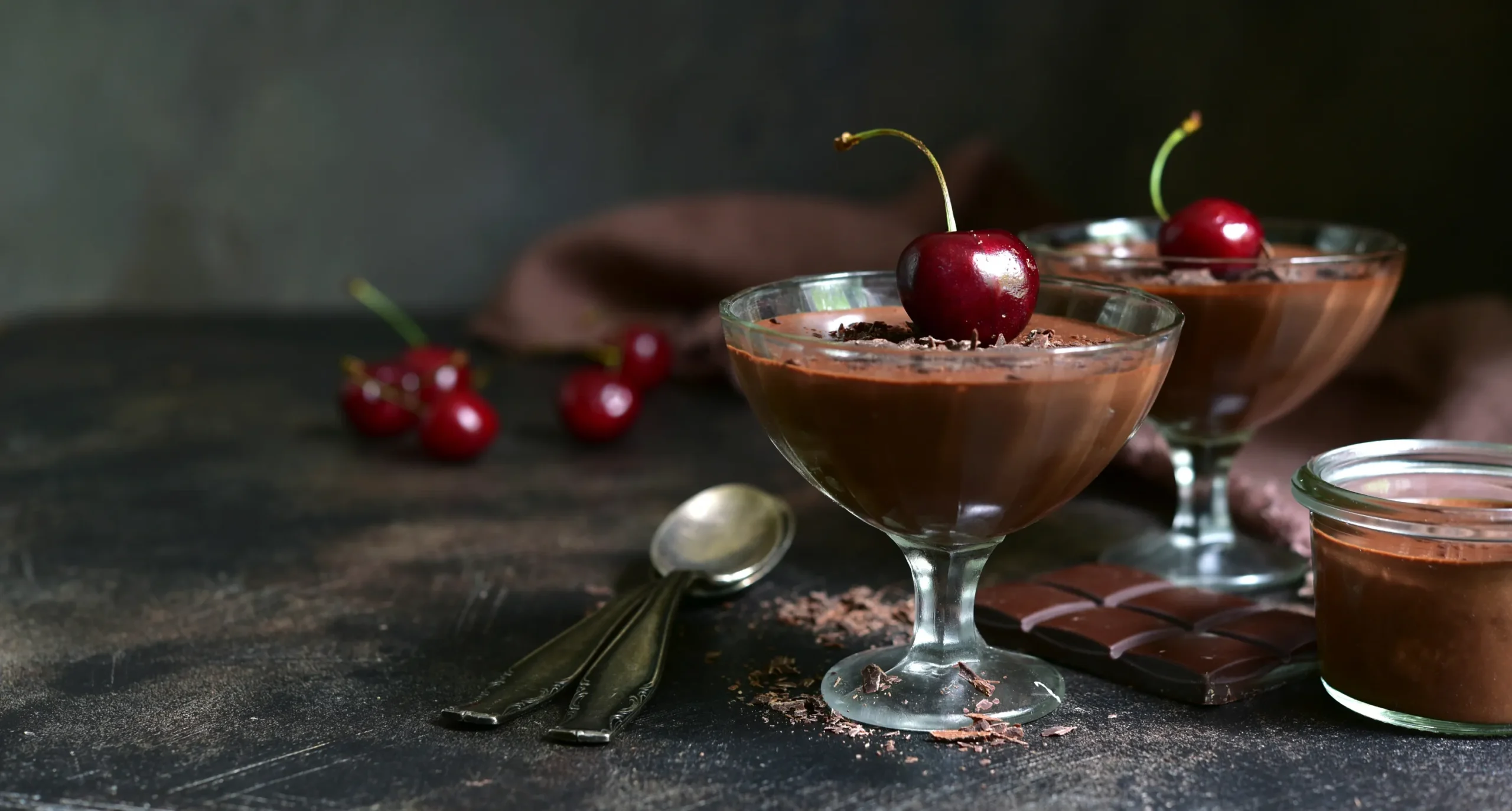
The gastronomic versatility of cocoa is astonishing: its complex flavour and texture lends itself not only to drinks, but also to a wide range of dishes, desserts, cocktails, baked goods, sauces and even meat marinades. Combine it with sweet and savoury spices and ingredients, and get creative in the kitchen, exploring new flavours, textures and colours. Have a delicious life!
© The copying and distribution of any visual or textual information found on the website www.dvarokavos.lt is strictly prohibited without the consent of MB ‘Užupių manufaktūra’. If you have any questions regarding the use of the information on this website, please contact info@dvarokavos.lt.
